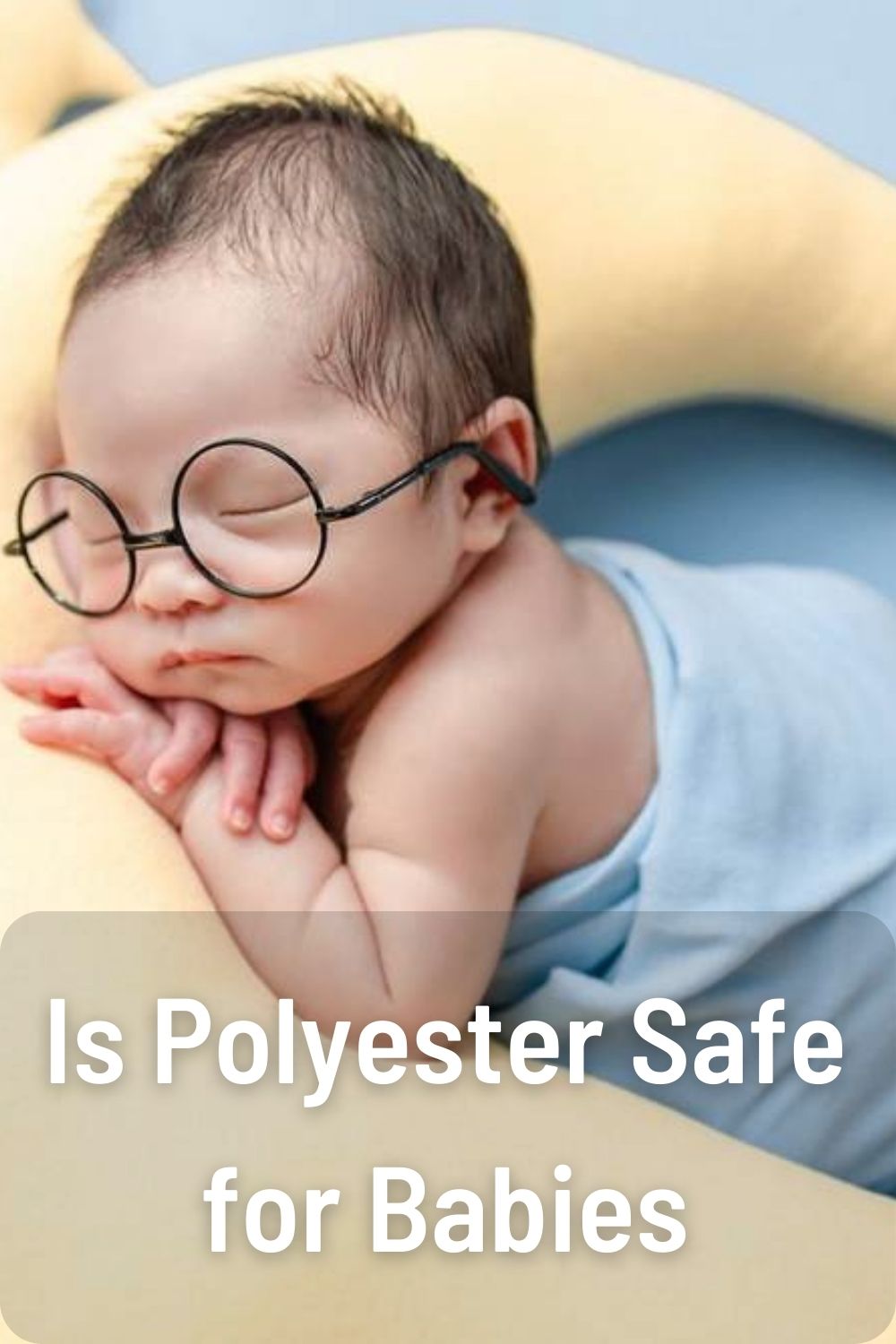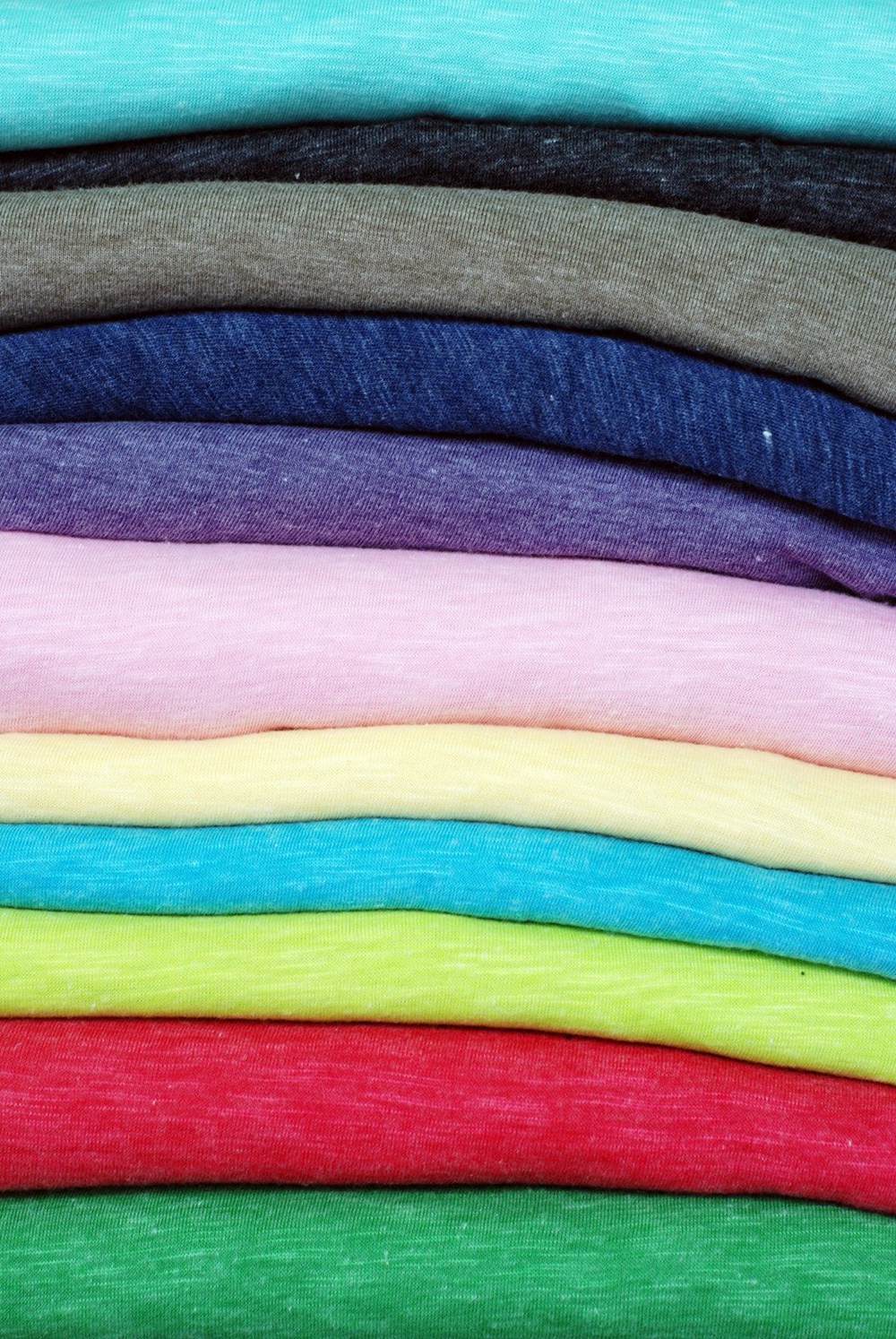
Polyester is one of the most common fabrics used in baby clothing and bedding. As parents, we want to make sure everything our babies use is completely safe. So is polyester safe for babies?
Table of Contents
Overview of Polyester
Polyester is a synthetic fabric made from petroleum-based polymers. The polymers are extruded through spinnerets and formed into fibers that can be woven or knitted into fabric.
Some key facts about polyester:
- Developed in the 1940s as a substitute for silk
- Provides a soft, smooth feel at low cost
- Wrinkle resistant and quick drying
- Retains shape well after washing
- Resists stains, mildew, and fading
- Blends well with other fibers like cotton and spandex
Polyester is popular in baby items because it’s affordable, easy to care for, and holds up well to repeated washings. It’s found in items like onesies, pajamas, blankets, crib sheets, changing pad covers, and more.
However, there are some potential concerns with polyester that parents should be aware of.
Is Polyester Safe for Baby’s Skin?

The main concern with polyester is its potential to irritate baby’s sensitive skin. Polyester does not “breathe” well, so it can cause sweatiness next to a baby’s skin. The synthetic fiber may also be rougher than natural fabrics.
Some babies have no reaction to polyester. But for others, direct contact with polyester clothing or bedding can lead to:
- Itchiness
- Redness
- Rashes
- Hives
The irritation is usually mild. But it’s something to watch out for, especially if your baby has very sensitive skin.
The good news is there are ways to use polyester safely:
Look for Soft Finishes
Not all polyester feels scratchy or stiff. Manufacturers can apply finishes to give polyester an ultra-soft feel. Look for words like “peached” or “microfiber” on the fabric tag. Or feel the inside seams – are they silky smooth? Avoid coarse, stiff polyester against baby’s skin.
Choose Polyester Blends
Many baby items combine polyester with natural fibers like cotton. The cotton makes the fabric softer, more porous, and better suited for sensitive skin. Aim for at least 60% cotton if the item will be against baby’s body.
Layer with Cotton Underneath
For items like crib sheets or blankets, put a thin cotton sheet between baby and the polyester surface. The cotton creates a protective barrier while the polyester layer provides durability and easy care.
Wash Before Use
Brand new polyester may have excess dye or chemical residues from manufacturing. Wash baby clothes and bedding in hypoallergenic detergent before use to soften the fibers and remove any irritants.
By choosing high quality polyester designed for babies and taking the above precautions, you can safely use polyester without it causing skin irritation. Stop using any item that seems to make your baby’s skin red or itchy.
Is Polyester Safe for Baby’s Health?
Beyond skin irritation, parents may have general safety concerns about dressing baby in synthetic polyester fabrics. Let’s examine whether polyester poses any real health risks.
Flame Retardants
Some worry that polyester contains dangerous flame retardant chemicals added during manufacturing. However fabric flammability standards changed in the 1970s, so vintage items are more likely to contain concerning retardants.
Today’s baby polyester is made without brominated flame retardants, which were phased out due to health risks. Rest assured new polyester baby products meet current fire safety standards without the use of hazardous chemicals.
Dyes and Finishes
Textile dyes and finishing treatments can sometimes contain harmful substances like formaldehyde or heavy metals. However, reputable baby brands use non-toxic dyes and finishes that are considered safe for children. Look forPolyester Safe for Babies? (Complete Guide Certifications like OEKO-TEX® that verify the item is free from worrisome chemicals.
Heat Retention
Since polyester is not very breathable, parents worry it may cause babies to overheat. However, polyester clothing is designed to be lightweight enough for comfort. For sleepwear, choose loose-fitting polyester garments or blend with a natural fiber like cotton.
Use only lightweight polyester blankets. And do not overdress baby or set the room temperature too high. With reasonable precautions, polyester clothing and bedding should not pose an overheating risk.
Microplastics Shedding
When polyester garments are washed, tiny plastic microfibers shed into waterways. These microplastics are an emerging environmental concern. However, the direct health impacts on humans are not yet clear.
While more research is needed, available evidence suggests microplastics from laundry are not a significant health risk for babies. The fibers are tiny and not readily absorbed via the skin or ingested. Still, steps like using fabric filters in the washing machine can help reduce microplastic shedding.
Overall, while more study is warranted, there is no solid evidence that polyester clothing or bedding poses inherent hazards from chemicals, heat, or microplastics for babies. Look for trustworthy materials and brands and follow basic safety precautions.
Best Practices for Safe Use of Polyester
Based on the above analysis, polyester can be used safely in baby items with some reasonable care:
- For clothing worn against baby’s skin, choose soft, high-quality polyester or poly-cotton blends.
- Wash all new polyester clothing and bedding before first use.
- Stop using any item that seems to irritate baby’s skin or cause rashes.
- Layer with cotton if needed and don’t overdress baby in polyester.
- Choose OEKO-TEX certified polyester textiles when possible.
- Use fabric softeners and filters when laundering to reduce microplastic shedding.
- Don’t use vintage polyester items that may contain outdated flame retardants.
By following these best practices, you can safely use polyester for your baby while avoiding possible skin irritation or other risks. Pay attention to your baby’s signals and stop using any item that seems bothersome.
Frequently Asked Questions
What are the risks of polyester pajamas?
Polyester pajamas are generally safe if they fit properly and are not too warm. Choose soft polyester blended with cotton and prewash to maximize comfort. Overheating is the main risk, so avoid overdressing baby for sleep and don’t set the room temperature too high. Light, breathable polyester sleepwear does not pose major safety issues.
Should I avoid polyester crib sheets?
No, polyester crib sheets are fine if they are high quality and you follow basic precautions. Choose sheets with a soft, smooth finish. Always use a cotton fitted sheet on top as a barrier against baby’s skin. And wash sheets before first use to remove any excess dye or chemicals. With these steps, polyester sheets are safe and incredibly durable.
Can polyester blankets irritate my baby’s skin?
Yes, polyester blankets can sometimes irritate sensitive skin, especially heavier or stiffer versions. Choose light, super soft polyester blankets whenever possible. It’s also wise to layer them over or under a thin cotton blanket. Stop using any blanket that seems to bother your baby. Breathable cotton or bamboo blankets are good alternatives for babies prone to skin irritation.
Are polyester changing pad covers safe?
Polyester changing pad covers are common and safe if properly prepped. Choose soft, flexible polyester designed for baby use. Wash the cover before first use. And put a cotton changing pad liner on top as a protective layer against baby’s skin. With these steps, polyester changing pad covers are non-toxic and easy to keep clean.
Should I avoid polyester onesies?
No, 100% polyester onesies are fine for many babies if they have a very soft finish. But poly-cotton blends are recommended if your baby is prone to skin irritation. Choose lightweight polyester or poly-cotton onesies and avoid overdressing. For extra-sensitive skin, 100% cotton or bamboo onesies are ideal. Pay attention to your baby’s comfort level and avoid anything that seems bothersome.
Conclusion
Polyester has many benefits that make it a popular fabric in baby clothing and bedding. While not as skin-friendly as natural fibers, polyester can be used safely with care taken to choose high quality soft fabrics and layer with cotton against baby’s delicate skin.
Look for trusted brands and certifications, prewash all polyester items before use, and stop using anything that irritates your baby. With reasonable precautions, polyester can be a safe, budget-friendly fabric choice for your baby’s wardrobe and nursery.
Most importantly, trust your instincts and baby’s signals regarding their comfort with polyester items. Every baby is unique. But hopefully the info in this guide provides helpful reassurance that polyester can be a safe choice when used properly.